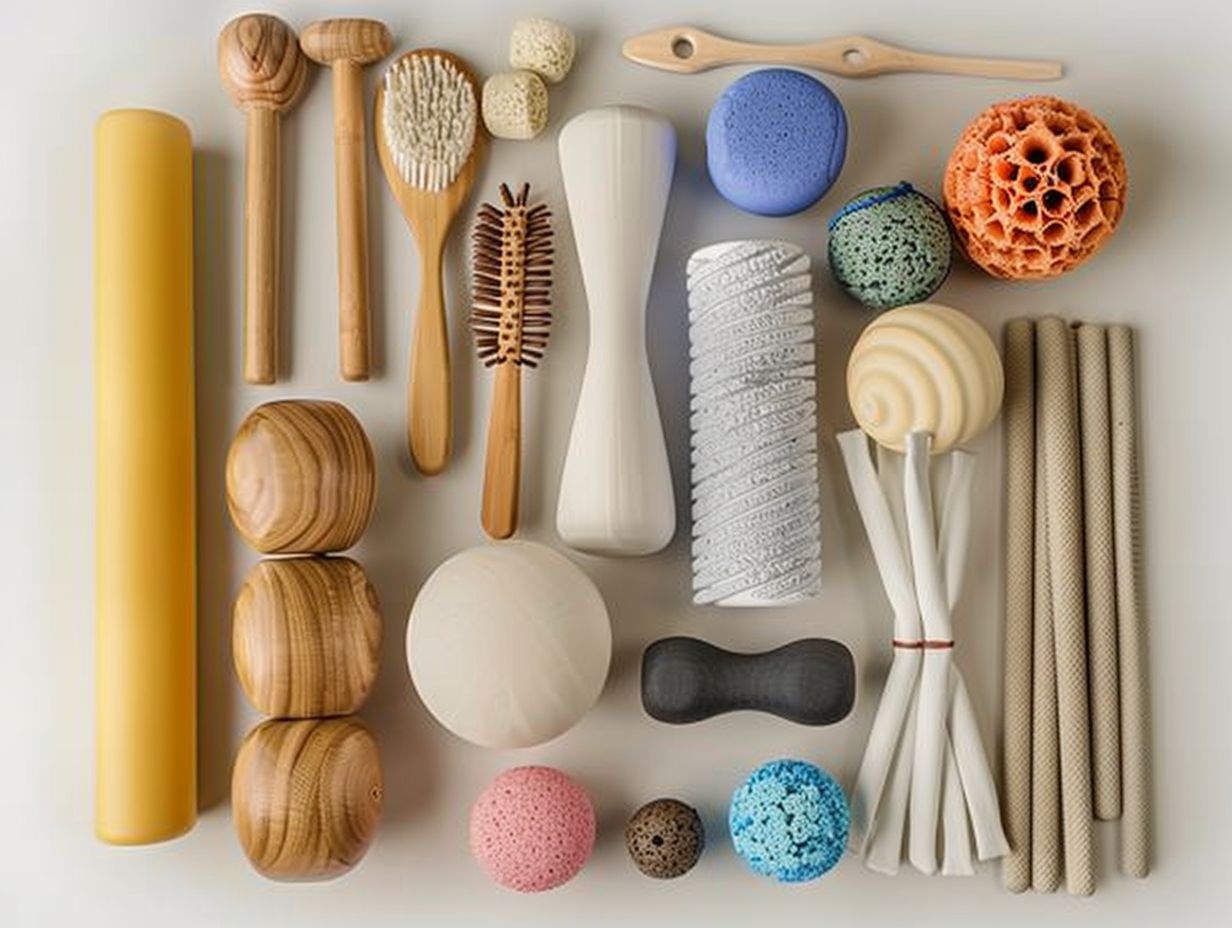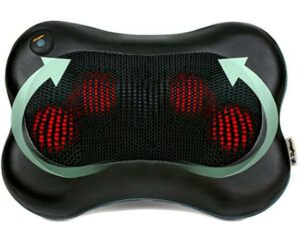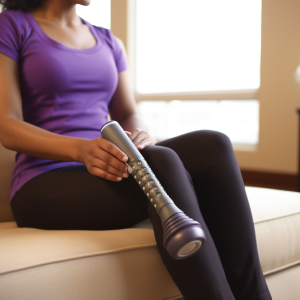If you’re seeking relief from muscle tension, chronic pain, or tightness, trigger point massage could be the solution you’ve been longing for. By delving into the realm of myofascial release and exploring the advantages of various massage tools for trigger points, you can embark on a journey to improved physical well-being and enhanced comfort within the confines of your personal space.
Understanding Myofascial Release and Its Benefits
Myofascial release is a therapeutic technique that focuses on releasing tension in the fascia, the connective tissue surrounding muscles. This method can help improve movement, flexibility, and blood flow while reducing muscle tension and soreness. By targeting the fascia, myofascial release can address trigger points and adhesions that may be hindering optimal muscle function.
The gentle pressure applied during the technique can effectively break up knots and tightness in the fascia, promoting better range of motion and preventing injuries. Regular sessions of myofascial release can also enhance overall well-being by promoting relaxation and reducing stress levels. This form of therapy offers benefits not only to athletes and active individuals but also to those experiencing chronic pain or stiffness in their muscles.
The Science Behind Myofascial Release
Myofascial release is based on the principle that the fascia, a layer of connective tissue surrounding and penetrating muscles, tendons, and organs, can become restricted or adhered due to physical trauma, poor posture, or repetitive strain. When the fascia becomes restricted, it can create tension and adhesions within the muscle tissue, leading to pain, limited mobility, and impaired muscle function.
During a myofascial release session, gentle and sustained pressure is applied to the affected areas, allowing the fascia to release and regain its natural pliability. This process can help break down adhesions and restore proper muscle function, improving flexibility, range of motion, and overall physical performance.
The Benefits of Myofascial Release
Myofascial release offers a wide range of benefits, making it a valuable tool for individuals of all ages and activity levels. Here are some of the key advantages of this therapeutic technique:
Pain Relief: By addressing trigger points and adhesions within the fascia, myofascial release can effectively alleviate muscle pain, tension, and soreness.
Improved Flexibility and Range of Motion: By releasing restrictions in the fascial system, this technique can enhance flexibility, allowing for greater range of motion and improved overall mobility.
Faster Recovery from Injuries: Myofascial release can aid in the recovery process by promoting proper tissue healing, reducing inflammation, and restoring normal muscle function.
Improved Posture and Body Alignment: By addressing imbalances and restrictions within the fascial system, myofascial release can help correct postural imbalances and improve overall body alignment.
Stress Relief and Relaxation: The gentle, sustained pressure applied during myofascial release can induce a state of deep relaxation, reducing stress and promoting overall well-being.
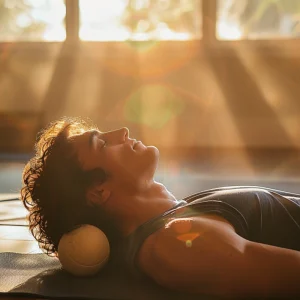
Exploring the Top Massage Tools for Trigger Point Relief at Home
While professional myofascial release sessions with a trained therapist can be highly beneficial, there are also various tools available that allow you to perform trigger point massage and self-myofascial release techniques at home. By incorporating these tools into your self-care routine, you can effectively manage muscle tension, alleviate discomfort, and promote overall physical well-being.
1. Lacrosse Balls for Targeted Pressure
Lacrosse balls are an excellent choice for trigger point massage, as they provide targeted pressure to specific muscle knots and joints. Their firmness and size make them well-suited for accessing deep tissue areas, promoting blood flow, and relieving tension. To effectively perform trigger point massage with lacrosse balls, remember to maintain consistent pressure on the affected areas while gradually moving the ball to address tight spots.
This method can contribute to improved flexibility, reduced muscle stiffness, and enhanced overall muscle function. Lacrosse balls offer versatility, enabling self-massage at home and offering a cost-efficient approach to managing muscle tension and discomfort.
How to Use Lacrosse Balls for Trigger Point Massage
- Identify the area of tension or discomfort in your muscle.
- Place the lacrosse ball on the floor or against a wall, and position the affected muscle area over the ball.
- Lean into the ball, applying gentle pressure to the tight or knotted area.
- Slowly roll the ball over the muscle, allowing it to release any adhesions or trigger points.
- Breathe deeply and focus on relaxing the muscle as you apply pressure.
- Repeat the process on other affected areas as needed.
2. Neck and Trapezius Trigger Point Massager for Specific Areas
Neck and trapezius trigger point massagers are specifically engineered to target precise areas of tension in your neck and upper back muscles. By applying pressure to these trigger points, these massagers effectively release muscle knots and enhance blood circulation, reducing soreness and improving mobility. The adjustable intensity levels of the massage allow for customized treatment, tailored to your individual comfort requirements.
Incorporating these massagers into your regular self-care regimen can not only help prevent muscle stiffness but also contribute to your overall well-being. Their portable size and user-friendly design make them convenient for relieving muscle tension both at home and while on-the-go, providing a comprehensive approach to muscle relaxation and pain management.
Using a Neck and Trapezius Massager Effectively
- Sit or stand in a comfortable position.
- Position the massager on the affected area of your neck or trapezius muscles.
- Adjust the intensity level to your preference, starting with a lower setting and gradually increasing as needed.
- Slowly move the massager in circular or back-and-forth motions, applying gentle pressure to the trigger points.
- Focus on your breathing and allow the muscles to relax as the massager works on releasing tension.
- Alternate between different areas of the neck and trapezius muscles as needed.
3. Back Massager for Deep Tissue Relief
Back massagers are effective tools for providing deep tissue relief to the muscles of your back and spine. By incorporating back massagers into your self-care routine, you can experience targeted relief in specific muscle areas, reducing tension and promoting relaxation. The deep kneading action of these devices helps stimulate blood flow, aiding in muscle recovery after intense physical activity. Regular use of back massagers can contribute to improved posture by relieving pressure on your spine. These tools are versatile and can be adjusted to target different muscle groups, allowing for a customized massage experience tailored to your needs.
Tips for Using a Back Massager Effectively
- Sit or lie down in a comfortable position, ensuring your back is accessible for the massager.
- Position the back massager on the desired area, such as the lower back, upper back, or shoulders.
- Adjust the intensity settings to your preference, starting with a lower setting and gradually increasing as needed.Slowly
- move the massager in circular or back-and-forth motions, applying gentle pressure to the tight or sore areas.
- Focus on your breathing and allow the muscles to relax as the massager works on releasing tension.
- Alternate between different areas of the back as needed, ensuring you cover all affected muscle groups.
4. High-Intensity Vibrating Massage Ball for Intense Massage
Utilize a high-intensity vibrating massage ball as a potent instrument for delivering targeted massage to specific muscle groups. This device is adept at alleviating tension, enhancing blood circulation, and effectively relieving muscle soreness. Individuals, particularly athletes and fitness enthusiasts, often discover the benefits of high-intensity vibrating massage balls post vigorous training sessions or competitions. By accurately targeting specific body areas, these massage balls can aid in breaking down knots and trigger points, fostering quicker recovery and increased flexibility. The deep tissue massage facilitated by the vibrating balls can optimize overall muscle performance and mitigate the risk of injuries through the promotion of correct muscle functionality and relaxation.
Using a Vibrating Massage Ball Effectively
- Identify the area of tension or discomfort in your muscle.
- Place the vibrating massage ball on the affected area and apply gentle pressure.
- Turn on the vibration feature and adjust the intensity to your preference.
- Slowly move the ball over the muscle, allowing the vibrations to penetrate deep into the tissue.
- Focus on your breathing and allow the muscles to relax as the vibrations work to release tension.
- Repeat the process on other affected areas as needed, being mindful of not overstimulating any one area for too long.
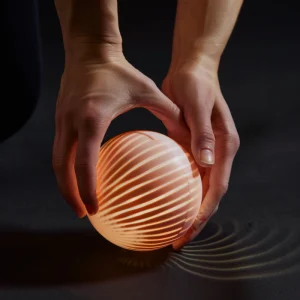
5. Muscle Roller Stick for Versatile Use
A muscle roller stick is a versatile tool that can be used for various exercises to alleviate muscle soreness and tension. This device can help improve flexibility and mobility while reducing discomfort in targeted muscle areas. Whether you are a dedicated athlete looking to recover faster after a tough workout or someone who simply wants to ease everyday muscle tightness, a muscle roller stick can be a game-changer for you.
By targeting specific muscle groups, these sticks allow you to apply controlled pressure to release knots and trigger points. Regular use of a muscle roller stick can also help enhance blood circulation, leading to a quicker recovery process and improved overall performance. Incorporating a muscle roller stick into your warm-up or cool-down routine can effectively prevent injuries and improve your range of motion.
Utilizing a Muscle Roller Stick Effectively
- Identify the muscle group you want to target, such as your calves, hamstrings, quadriceps, or back muscles.
- Place the muscle roller stick on the floor and position the affected muscle area on top of it.
- Slowly roll the muscle over the stick, applying gentle pressure as you go.Focus on areas that feel particularly tight or
- knotted, and spend extra time rolling over those spots.
- Breathe deeply and consciously relax the muscle as you roll over it.
- Repeat the process on other affected muscle groups as needed.
6. Percussion Massage Gun for Precision Therapy
A percussion massage gun is a precision therapy tool often used by physical therapists to target specific muscle areas and joints. By utilizing rapid and targeted percussive movements, the massage gun stimulates blood flow, reduces inflammation, and breaks up muscle knots for quicker recovery. Athletes and fitness enthusiasts benefit from the portability and convenience of these devices, allowing them to incorporate regular self-myofascial release into their routines.
Percussion massage guns have been found to enhance flexibility, increase range of motion, and aid in injury prevention by keeping your muscles and joints supple. The versatility and effectiveness of these tools make them essential for anyone looking to optimize their physical well-being.
Using a Percussion Massage Gun Effectively
- Identify the muscle group or area you want to target, such as the back, shoulders, legs, or arms.
- Turn on the percussion massage gun and adjust the speed and intensity settings to your preference.
- Gently place the massage head on the affected area and allow the percussive movements to penetrate the muscle.
- Slowly move the massage gun across the muscle, focusing on areas that feel particularly tight or knotted.
- Breathe deeply and consciously relax the muscle as the percussion movements work to release tension.
- Repeat the process on other affected muscle groups as needed, being mindful of not overstimulating any one area for too long.
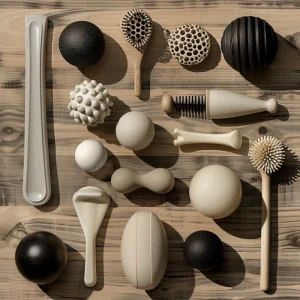
Incorporating Massage Tools into Your Self-Care Routine
To fully benefit from the power of massage tools for trigger point relief, it’s essential to incorporate them into your regular self-care routine. Here are some tips to help you get started:
1. Start Slowly and Listen to Your Body
When beginning to use massage tools, it’s important to start slowly and listen to your body’s signals. Apply gentle pressure and gradually increase the intensity as your muscles become accustomed to the massage. Avoid overstimulating any one area for too long, as this can lead to additional soreness or discomfort.
2. Combine with Stretching and Mobility Exercises
For optimal results, consider combining the use of massage tools with stretching and mobility exercises. The massage can help release tension and prepare your muscles for a deeper stretch, while stretching can further improve flexibility and range of motion.
3. Incorporate Massage into Your Warm-Up and Cool-Down Routines
If you engage in regular physical activity or exercise, consider incorporating massage tools into your warm-up and cool-down routines. Using the tools before a workout can help prepare your muscles for the upcoming activity, while using them after a workout can aid in recovery and reduce post-exercise soreness.
4. Experiment with Different Tools and Techniques
Every individual’s body is unique, and what works well for one person may not be as effective for another. Don’t be afraid to experiment with different massage tools and techniques to find what works best for your specific needs and preferences.
5. Stay Hydrated and Nourished
Proper hydration and nutrition are essential for optimal muscle function and recovery. Be sure to drink plenty of water and consume a balanced diet rich in nutrients to support your body’s healing and repair processes.
Safety Considerations When Using Massage Tools
While massage tools can be incredibly beneficial for trigger point relief and self-myofascial release, it’s important to use them safely and responsibly. Here are some safety considerations to keep in mind:
1. Avoid Directly Massaging Bony Prominences
When using massage tools, avoid directly massaging bony prominences such as the spine, elbows, or knees. These areas have minimal muscle tissue and can be easily bruised or injured if too much pressure is applied.
2. Be Gentle Around Sensitive Areas
Certain areas of the body, such as the neck, abdomen, and groin, are more sensitive and should be approached with caution. Use a lighter touch and avoid applying excessive pressure to these areas.
3. Listen to Your Body’s Signals
If you experience sharp pain, bruising, or excessive discomfort during or after using a massage tool, stop immediately and consult a healthcare professional if necessary. Massage should provide relief, not cause additional pain or injury.
4. Follow Manufacturer’s Instructions
Be sure to read and follow the manufacturer’s instructions carefully when using any massage tool. Pay attention to recommended usage times, pressure levels, and any contraindications or warnings provided.
5. Consult a Professional for Chronic or Severe Conditions
If you are experiencing chronic or severe pain, muscle conditions, or injuries, it’s advisable to consult with a healthcare professional or licensed massage therapist before attempting self-massage with tools. They can provide guidance on appropriate techniques and tools for your specific condition.
By incorporating massage tools for trigger point relief into your self-care routine and following proper safety guidelines, you can unlock the numerous benefits of myofascial release and enjoy improved physical well-being, reduced muscle tension, and enhanced overall quality of life.

